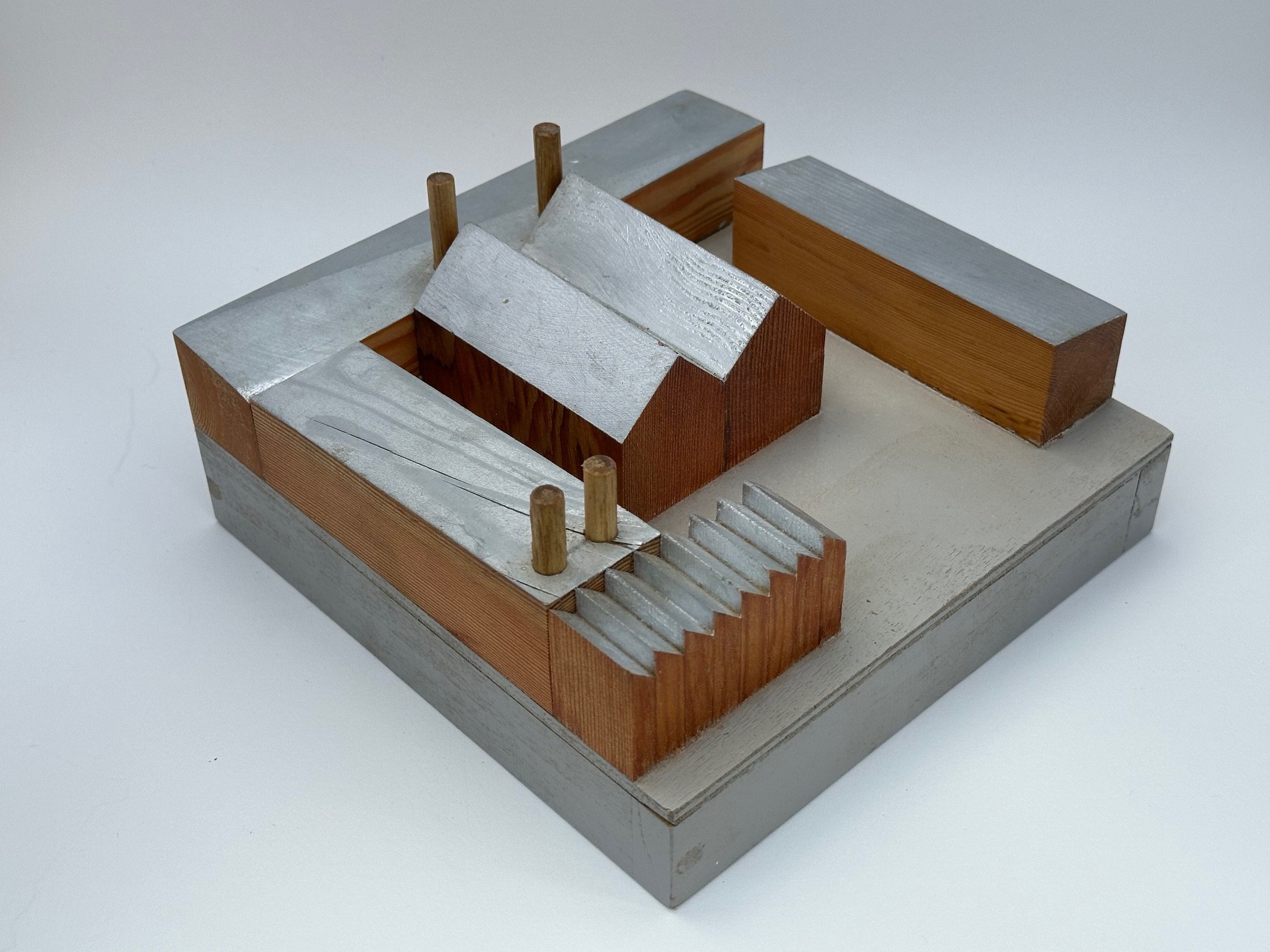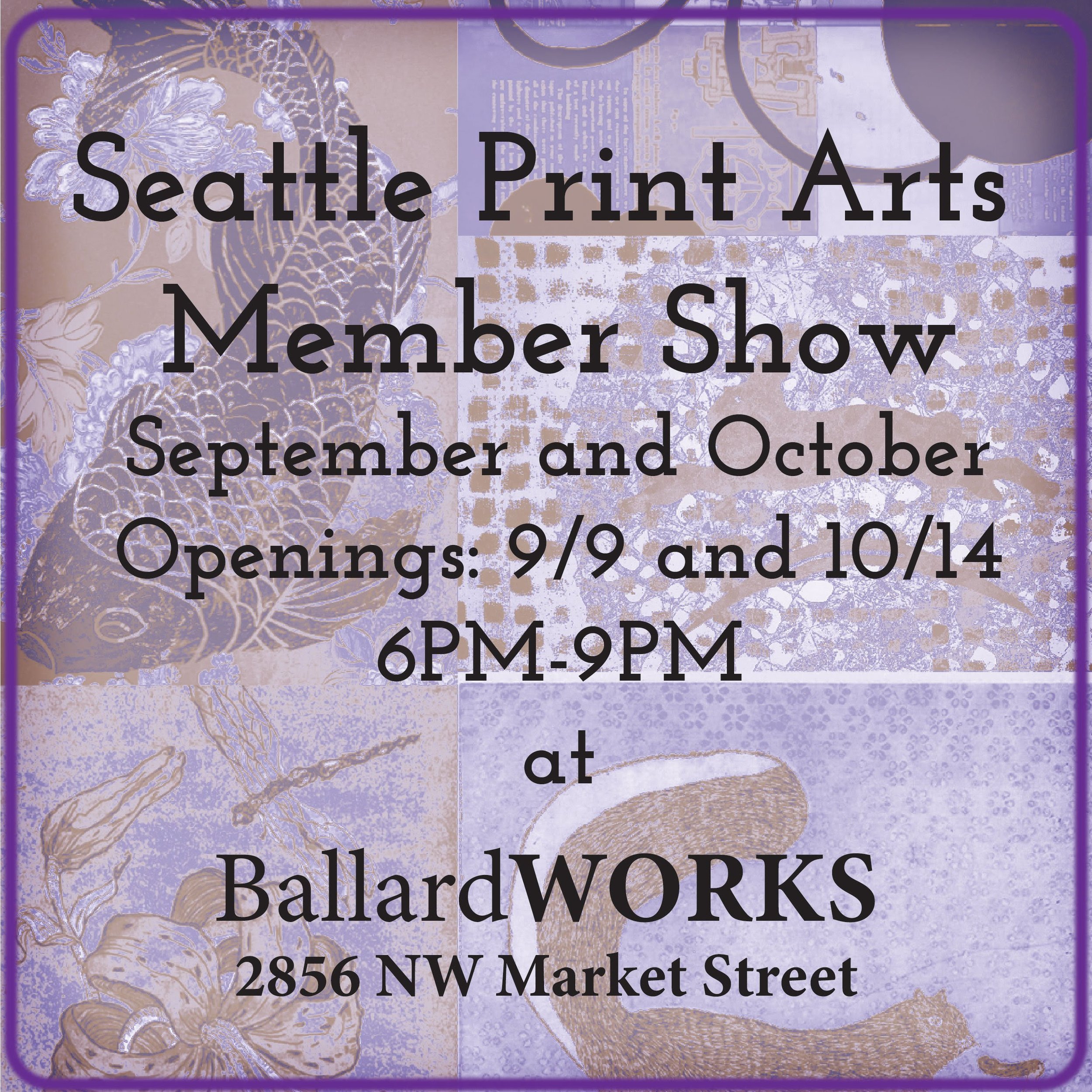I am happy this year to be part of a North End gallery space shows participating with the Seattle Deconstructed Art Fair at Barbara Robertson’s Garage Studio Gallery .
“For the Seattle Deconstructed Art Fair, August 2020, The Garage Studio Gallery will present a group exhibition of small works by Amanda Knowles, Ellen Sollod, Chris Crites, Barbara Noah, Gene Gentry McMahon, Jon Taylor, Robin Green, Sue Danielson, Dionne Haroutunian, Steph Harmon, David Hytone, Gretchen Van Dyke, Rachel Holloway, and me, Barbara Robertson. Reception on Saturday, August 15th, 2:00- 5:00 pm.”
The Garage Studio Gallery address is 1304 NE 63rd Street, Seattle, WA 98115 For appointment 206-327-2256
Please see the link for Barbara’s space and Barbara’s on going shows of artists she admires and helps at:
https://www.barbararobertsonart.com/garage.html
You can look at other galleries showing more artists participating in the Seattle Deconstructed Art Fair at:
https://www.seattledeconstructedartfair.com/
Here are some more Instagram tags:
@azwithnancyguppy, @azwithnancyg, #seasoncz
For this event I am showing an 18 x 24 inch acrylic painting on panel, a slightly political notion of the times, maybe a glimmer of us all lending a hand to others. The title is “Community” and recalls real people in Mennonite and Amish groups that literally move buildings by hand showing physically and socially their strong commitment to others. Not to say everyone should live in these places or believe in what these communities teach overall, but wouldn’t it be better if we all pulled together in these times of cronyism, corruption, corporate greed, climate change, racism, sexism and wealth disparity. Let’s stop bowing down to the hopelessness, hate, ugliness and lies and come together and do what we all know is the best thing by helping each other.
The work is purposely simple, almost cartoon like in line, color, composition and graphic projection of the building. There is a dusky dusty feeling as the people labor to move this large structure. It is either early or late in the day to be a bit cooler and the people are almost faded out in the dust that ghosts their individuality to support the idea of moving something that at first seems insurmountable, but in reality just needs a coordinated effort to complete the task.





































